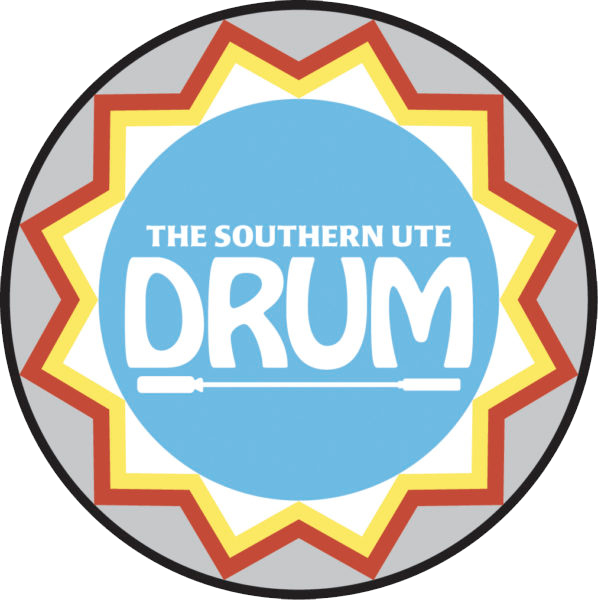Time will tell the extent of the spill













As the initial shock of the Animas disaster dissipates, the Southern Ute Indian Tribe now enters the first steps to the long phase of recovery. The tribe is, and will be continually monitoring the long-term impacts of the spill for years to come.
“We have to deal with it,” Councilman Tyson Thompson said during a meeting with the membership, Tuesday, Aug. 11. “We need to take steps for the future.”
On Wednesday, Aug. 5, while the Environmental Protection Agency (EPA) was conducting an investigation of the Gold King Mine, 3 million gallons of mine waste spilled into Cement Creek, a tributary of the Animas River. The orange-tinged waste reached the Southern Ute Indian Reservation on Friday, Aug. 7.
Initial reports show the river never dipped below pH 7.4 on the reservation; there was no massive fish die off reported; and the river was reopened for recreational use nine days after the spill. At this point, the unknowns of the future seem to be the biggest concern.
For tribal member Barbara Scott-Rarick the sediment left behind is worrisome for her, especially not knowing what will happen during spring runoff.
“I’m heart broken and devastated,” Scott-Rarick said. “We don’t know when the sediment will get into watershed, it may take years.”
Curtis Hartenstine, Water Quality Program Manager told the membership in Saturday’s informational meeting that his staff will be monitoring and testing for the foreseeable future.
“The impact of the wells may not be understood for a longtime, because ground water doesn’t move very fast,” Hartenstine said. “We are working with the EPA on what the long-term monitoring requirements are to make sure tribal member health is protected.”
According to Hartenstine, 13 wells have been tested and results are forthcoming.
In addition to monitoring wells by the Environmental Programs Division, the Southern Ute Tribal Housing Department has started installing reverse osmosis filters into kitchen sinks of tribal member’s living within the affected zone.
Hartenstine said the filters are a precautionary measure to ensure overall health of the membership.
“The tribe has really great resources and staff … the tribe is stepping up, the tribe is taking care of us; my initial concern was with the communication,” Scott-Rarick said.
Also being looked at are the effects on plants and animals. Tribal members were told at Saturday’s informational meeting that their gardens were safe for consumption, but were advised to wash vegetables before use – just like you would do to produce from the grocery store.
Another concern amongst tribal members is how wildlife was impacted.
“I think from our perspective, our greatest concern now is aquatic life, fish and the ecosystem in the river,” Steve Whiteman, Wildlife Division Head said. “We had no massive fish die off, but we need to monitor over time to see if there is any long term impacts.”
As for terrestrial wildlife – mammals and birds – Whiteman said he doesn’t anticipate seeing many issues.
“The spill was acute … there was short-term exposure for terrestrial animals,” he said. “But if there are tribal members that are on the river and see dead fish or ill-looking terrestrial animals, they can call the Wildlife Division so we can look into it.”
With the full extent of the damage remaining unknown, some are helping the recovery process by offering prayers.
Southern Ute spiritual leader, Kenny Frost, and Ute Mountain Ute tribal member Lyndreth Wall, held a sunrise blessing for the Animas River at Santa Rita Park, Sunday Aug. 16.
Prayers and songs were offered to the healing of not just the river, but the people affected along the river’s path.
“There’s no discrimination when it comes to the needs of the water,” Frost said. “Without water there’s no life.”













